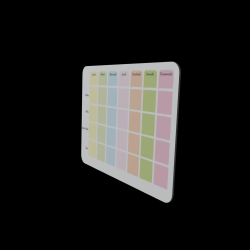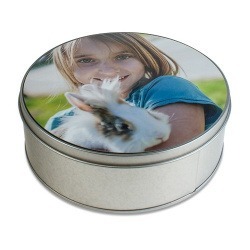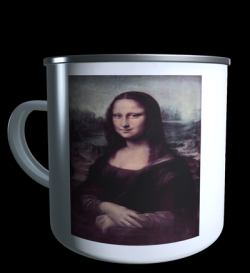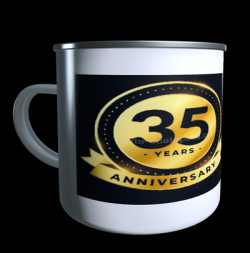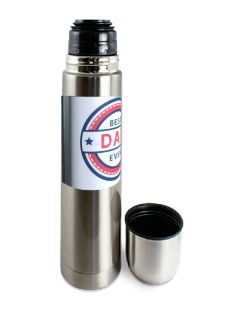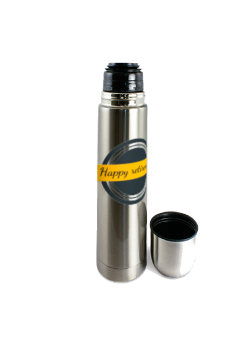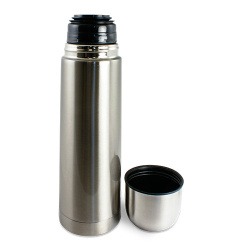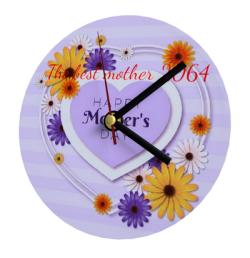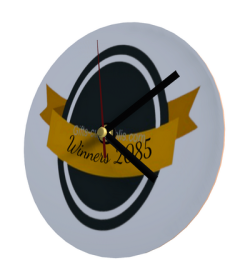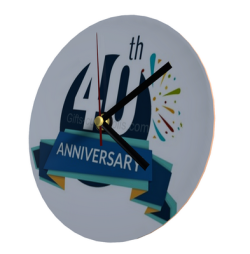Message board to customise
Enough of seeing an erasable whiteboard or a soulless board every day to write down the little tasks of the week? The memo board to personalise is perfect for keeping track of everyone's schedule: Annie has dance lessons on Wednesday, Dad goes shopping on Thursday, John goes to the dentist on Friday, and mum goes to get Granny on Saturday. Choose your background to brighten up your daily life (A sandy beach, a mountain photo, your flower garden, a pretty galloping horse...) and four photos for the left side part. For example a photo of each family member. If you are co-tenants, you can also use this memo board for household chores such as Monday Joe sets and clears the table, Jack prepares the meal and William and Averell do the dishes, etc. Tuesday, Joe pays for the pizzas, Jack plans the drinks, William the music and Averell looks for a board game or a nice activity. Also, at work, this memo board can be used to indicate the schedules of your small team and the main tasks to be performed by each during the week. An unusual gift, an original and useful decorative idea to improve your weekly organization at home or at work.
- Personalisable





































